Blog
What you need to know about physiotherapy and podiatry.



Written by Hu Wenyan Fiona, Director & Chief Podiatrist at Women & Children Centre and Physio & Sole Clinic.
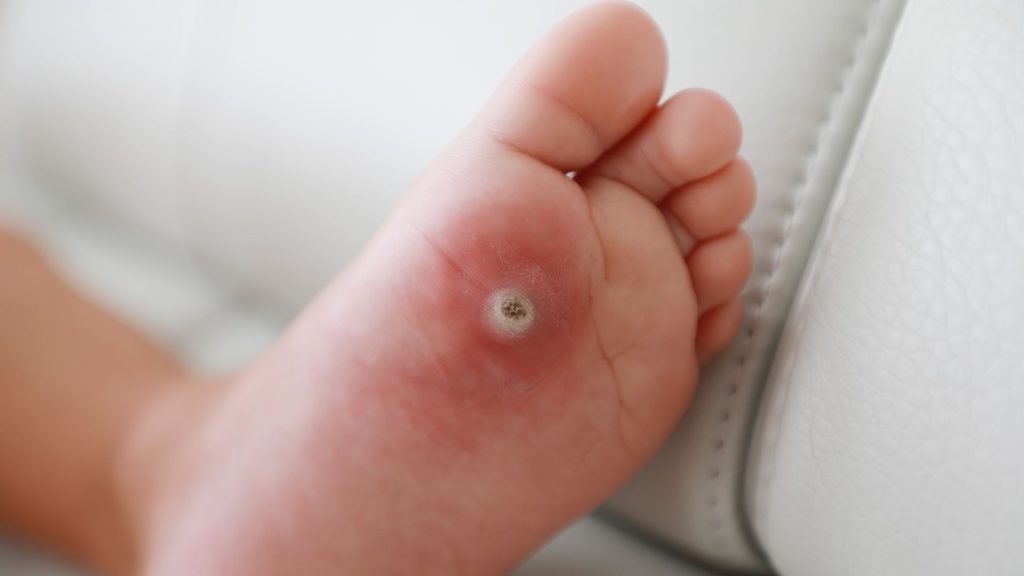
As a podiatrist in Singapore, one of the most common concerns parents bring their children in for is small, painful bumps on the soles of their feet, often mistaken for corns, calluses, or “just rough skin.”
More often than not, these turn out to be plantar warts.
While they might seem harmless at first, plantar warts can become painful, stubborn, and contagious, especially for active children who spend long hours in school shoes or run barefoot during playtime.

Plantar warts are small, rough growths that appear on the bottom (plantar surface) of the feet. They’re caused by certain strains of the human papillomavirus (HPV), not the same type that affects the reproductive system, but a skin-specific strain that thrives in warm, moist environments.
Yes, very much so. Children and teenagers are more prone to plantar warts because their immune systems are still developing, and they’re more likely to walk barefoot in communal areas such as swimming pools, changing rooms, and playgrounds.

Plantar warts develop when the HPV virus enters the skin through tiny cuts, abrasions, or dry cracks on the soles of the feet. The virus can linger on damp surfaces like pool decks, bathroom floors, or mats in sports halls.
The infection is highly contagious, both through direct contact (touching the wart) and indirect contact (sharing shoes, socks, or towels).That’s why children who frequently wear tight, sweaty shoes or who have minor skin injuries on their feet are more at risk.

At first glance, a plantar wart might seem like a small, rough bump with black pinpoints (clotted capillaries). But because it grows inward, pressed into the skin with every step, it can become painful to walk or run, and cause limping or altered gait. Some children begin avoiding sports or PE lessons due to discomfort, which can affect their confidence and physical activity.
Parents often ask, “Do plantar warts go away on their own?” Sometimes they do, but not always. Over time, warts can spread to other parts of the foot or even to siblings at home. Research shows that while some warts may disappear within 6–18 months, others persist or multiply, especially when left untreated. In many cases, we see in the clinic, children only come in after months of pain or frustration with over-the-counter remedies that haven’t worked.
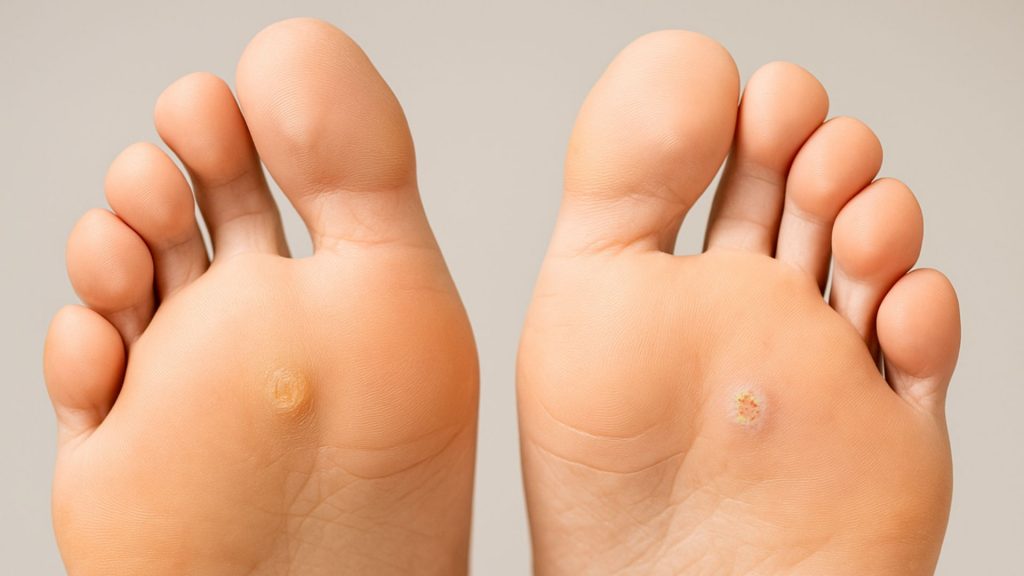
Plantar warts can easily be mistaken for calluses or corns, but there are key differences. During an assessment, we’ll gently debride (trim away) the thickened skin to reveal the underlying structure. If we see pinpoint bleeding or small black dots, tell-tale signs of tiny blood vessels, that confirms a wart.
This simple, painless process helps us determine the right treatment plan.
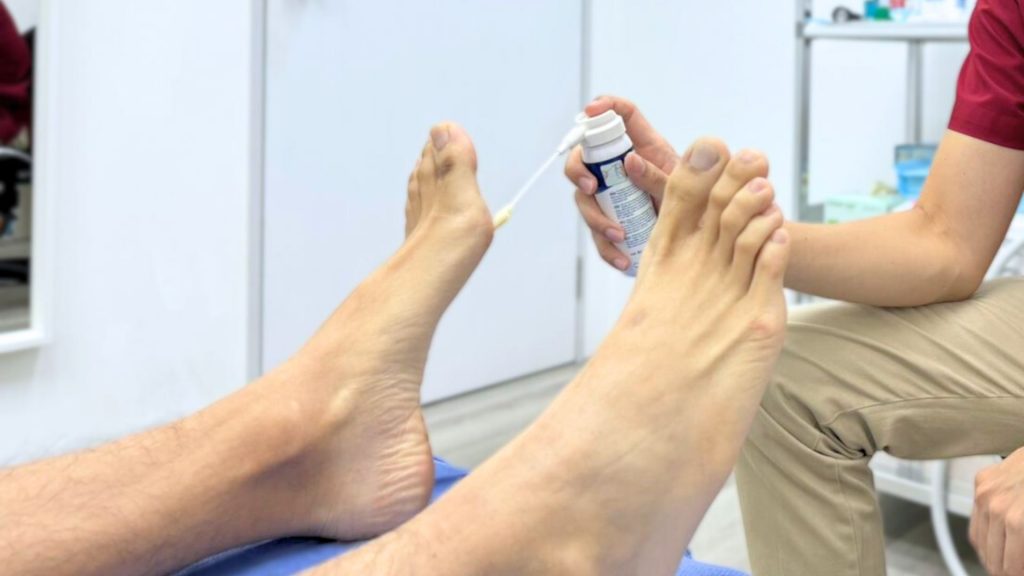
At the Women & Children Centre, podiatry treatment is one of the safest and least painful ways to remove plantar warts in children. While there are many treatment options available, our podiatrists focus on methods that are both effective and gentle on young skin.
Here’s what to expect during treatment:
These targeted modalities aim to destroy the viral skin cells (the warts) without damaging healthy tissue. Because warts are notoriously stubborn and may recur even after initial clearing, children usually require 4–8 treatment sessions spaced over several weeks for complete resolution.Our podiatrists will guide each family through the process, adjust the treatment based on your child’s pain tolerance and response, and ensure that recovery is comfortable, safe, and child-friendly.
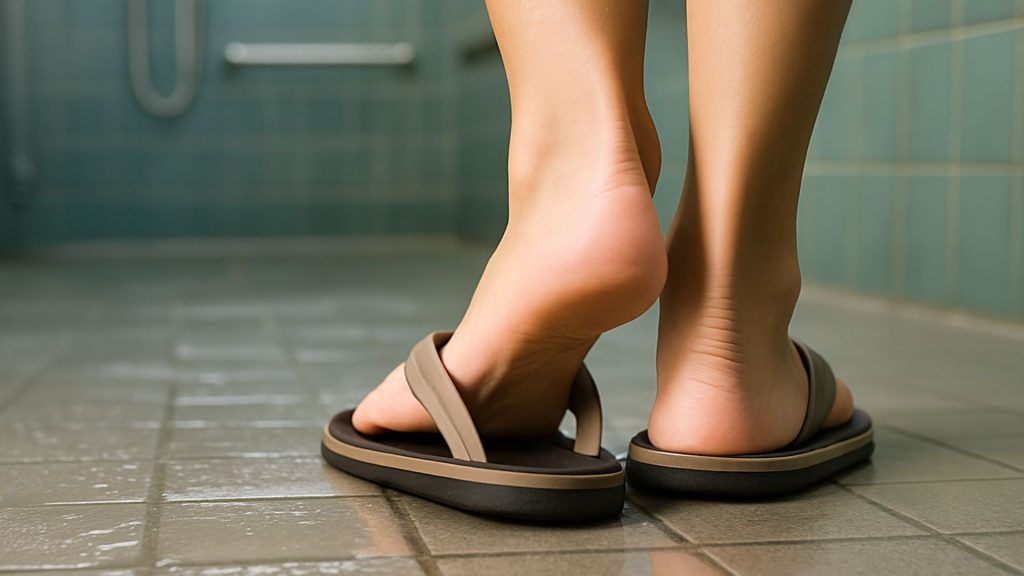
Simple daily habits go a long way in reducing risk:
Reinfections are possible, so building good foot hygiene routines early helps greatly.
You should book an appointment if:
A podiatrist can safely diagnose, treat, and monitor healing, ensuring minimal discomfort and preventing recurrence.
| Myth | Fact |
| “Only adults get plantar warts.” | Children are actually more likely to get them due to weaker immunity. |
| “Cutting it off at home will remove it faster.” | This can cause bleeding, infection, and spread of the virus. Always let a clinician handle removal. |
| “Plantar warts will always go away on their own.” | Some resolve naturally, but persistent ones can last years or cause pain without professional treatment. |
| “Warts are caused by poor hygiene.” | Hygiene helps prevention, but the true cause is viral infection (HPV), not dirt. |
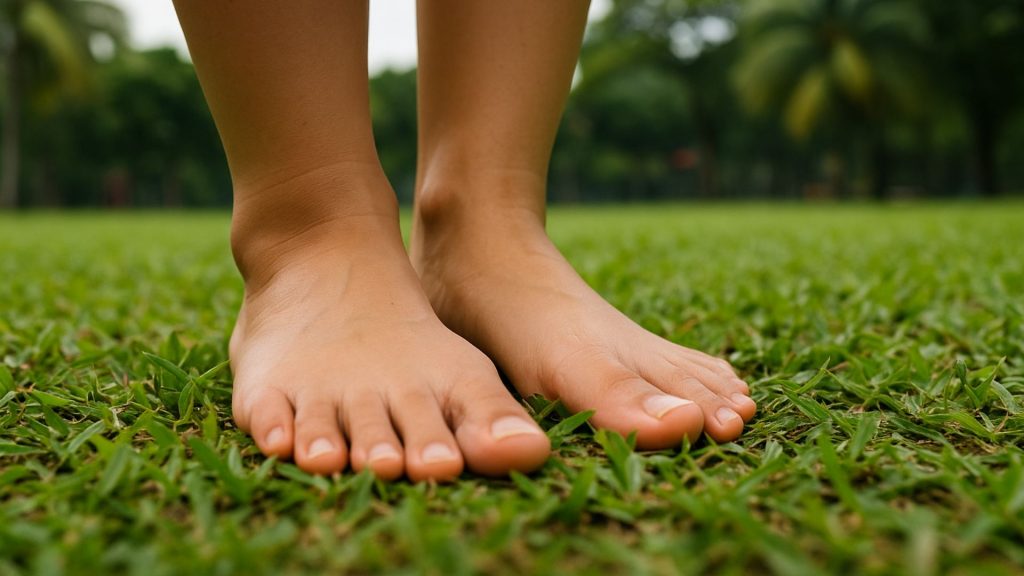
Singapore’s humid climate and high barefoot activity in places like swimming pools, playgrounds, and sports halls make plantar warts quite common among children here. We see many cases, especially after the school holidays, when kids are most active and barefoot outdoors.
At Women & Children Centre, our paediatric podiatrists have extensive experience treating plantar warts in children, from toddlers to teens. We take the time to educate both parents and children, so treatment isn’t scary but empowering.
Our team combines gentle podiatric care, child-safe equipment, and clear aftercare
guidance to help your little one recover quickly and comfortably
If you’ve noticed a painful bump or rough spot on your child’s foot, don’t wait for it to get worse. Our team at Women & Children Centre offers gentle, evidence-based treatments for plantar warts and other children’s foot conditions across multiple locations in Singapore.
Schedule a podiatry assessment today and let’s help your child take confident, pain-free steps again.
Phone: 9126 8257
Fax: 6281 1209
Email: contact@physioandsole.com
Whatsapp a Podiatrist: 91754929
Whatsapp a Physiotherapist: 98997967